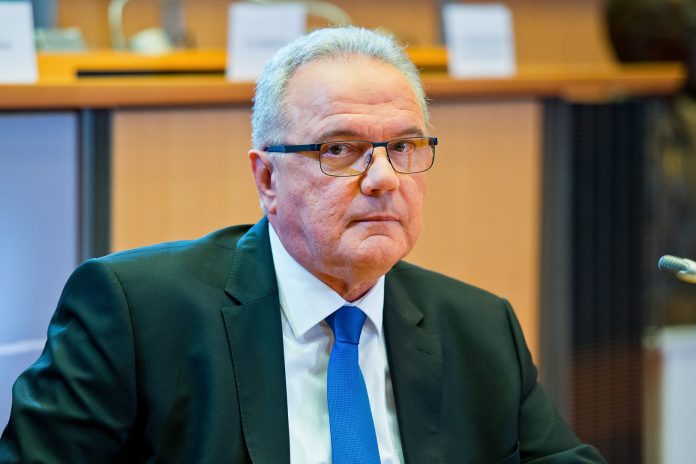The Organisation for Economic Co-operation and Development’s Development Assistance Committee (OECD-DAC) on April 10 published new data showing that the European Union and its member states are the world’s leading provider of development assistance with an overall amount of €75.7bn in 2017.
According to the data, this amount represents 0.50% of EU Gross National Income (GNI). This is significantly above the 0.21% average of the non-EU members of the Development Assistance Committee (DAC), despite a small decrease compared to the previous year.
Global Official Development Assistance (ODA), reported to the OECD-DAC by all donors, decreased from €131bn in 2016 to €130bn in 2017. EU collective ODA constituted 57% of global ODA in 2017.
“The EU and its member states continue to provide over half of the total Official Development Assistance globally, investing in people, stronger institutions and societies,” said Commissioner for International Cooperation and Development, Neven Mimica. “However, I am strongly concerned about the decrease of EU collective ODA and of development assistance worldwide. Achieving sustainable development requires a persistent collective effort. We know we need to do more. As the world’s leading ODA provider, the EU must show leadership and responsibility.”
According to a European Commission press release, the EU and its member states have been consistently in the lead of global efforts on development financing. Since 2015, year of the adoption of the Addis Ababa Action Agenda and the 2030 Agenda for Sustainable Development, EU collective aid has grown by €7.8bn that is 12%, while the ODA/GNI ratio grew by 6%, underpinning the EU’s and member states’ sustained efforts to promote prosperity, peace, and sustainable development worldwide.
In 2016, EU ODA reached its highest level ever. The figures presented on April 10 also show a 2.4% decrease of EU collective ODA for 2017 compared to the previous year, corresponding to €1.9bn. The EU ODA/GNI ratio for 2017 stood at 0.50%, down from 0.53% in 2016.
The decline of EU collective ODA is linked to a reduction of 80% in the amounts of debt relief operations by EU member states and a decrease of 8% in in-donor refugee costs. In-donor refugee costs declined from €11.2bn in 2016 to €10.3bn in 2017.
The decrease is also linked to the reflows of European Investment Bank’s (EIB) loans, which reduced the ODA reported by the EIB in 2017 by 28%. As the EIB’s portfolio progressively matures, reflows increase and their amounts are subtracted from ODA.
In 2017, four EU member states (Denmark, Luxembourg, Sweden and the United Kingdom) provided 0.7% or more of their Gross National Income (GNI) in Official Development Assistance. Also, the ODA to GNI ratio increased in five member states and decreased in 14 member states, while remaining stable in nine member states. Considering ODA amounts, 12 Member States increased their ODA by €2.4bn, while the decrease in 15 others amounted to €3.4bn.
The data published is based on preliminary information reported by the EU member states to the OECD and to the European Commission. EU collective ODA consists of the total ODA spending of the 28 EU member states and the ODA of EU institutions not attributed to individual member states (own resources of the European Investment Bank).

